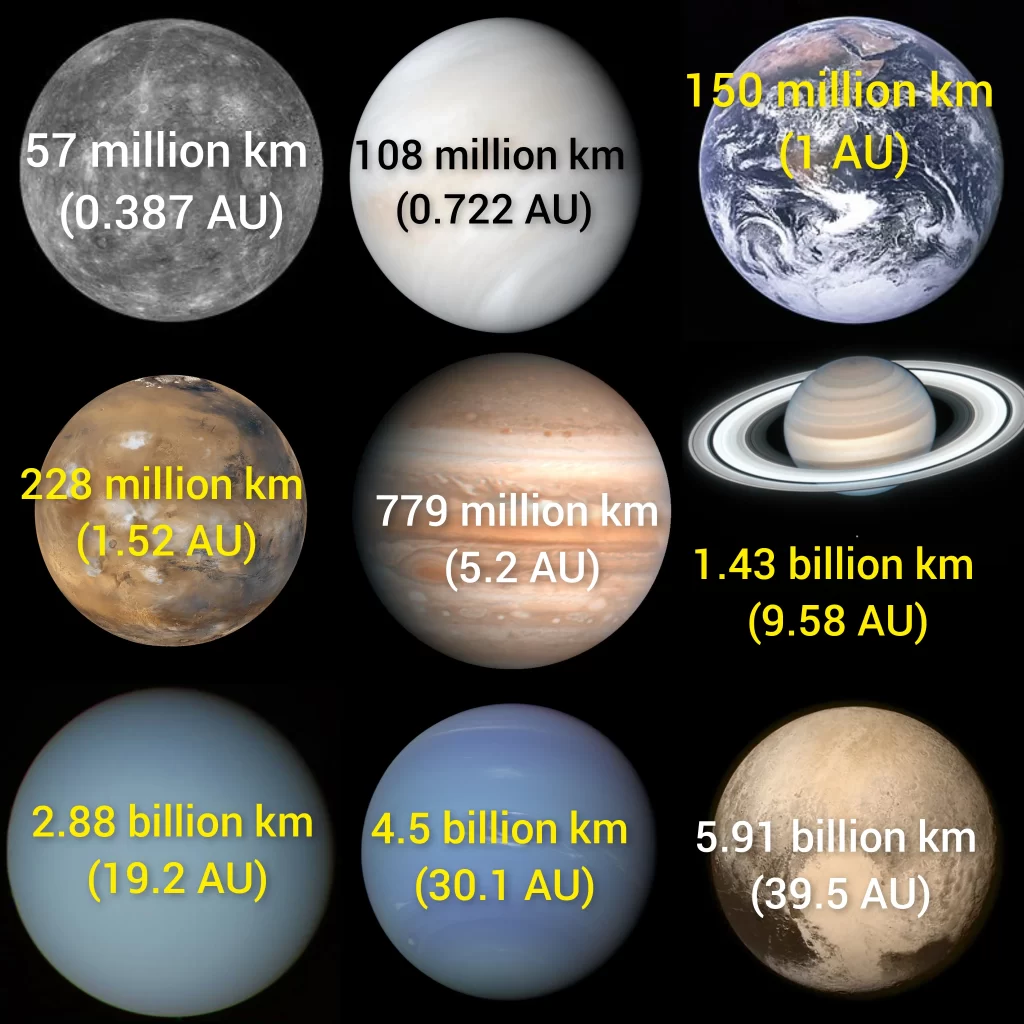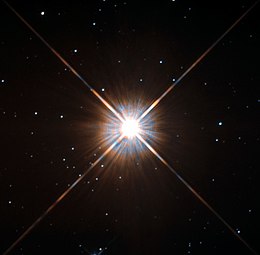Physics Made Easy: your Support hub
Your Physics Transformation Starts Here!
Imagine trying to measure the distance across a whole city with a ruler…impossible, right? Well, the universe is millions of light-years wider than even the biggest city, with stars, galaxies, and black holes spread out far, far beyond our imagination. Scientists who study this vast expanse, called astrophysicists, need special tools to measure these enormous distances. In this blog, we’ll explore why they use units like light-years, which measure distance based on how far light travels in a year, and parsecs, based on tiny shifts in starlight, instead of plain old meters or kilometers. We’ll discover how these Non-SI units unlock the secrets of the cosmos and help us grasp the truly mind-boggling scale of the universe!
Just like using a ruler wouldn’t work for measuring a city, meters and kilometers fall short when navigating the universe’s vastness. Imagine trying to measure the distance across a whole city with a tiny ruler! It wouldn’t work, right? The city’s just too big. Well, the universe is like a city on steroids, with stars, galaxies, and black holes spread out much, much farther apart. That’s why meters and kilometers, the units we use for everyday things, just don’t cut it when it comes to measuring these cosmic distances. This is the cosmic challenge astrophysicists face. To truly grasp these mind-boggling scales, they need units crafted for the heavens, like light-years, which measure distance based on how far light travels in a year, and parsecs, based on tiny shifts in starlight. These non-SI units aren’t just convenient tools; they help us visualize the universe’s grandeur and unlock its secrets. In the next section, we’ll delve deeper into these fascinating units and explore how they shape our understanding of our cosmic home.
Remember how we talked about meters being useless for measuring giant cities? Well, they’re just as useless for measuring the crazy distances in space! That’s where light-years come in. Imagine light, the fastest thing in the universe, zipping along at 300,000 kilometers per second. A light-year is how far it travels in a whole year! Talk about fast!
This special unit lets us measure giant distances between stars, galaxies, and even black holes. For example, our closest star neighbor, Proxima Centauri, is a whopping 4.35 light-years away. If we used kilometers, that number would be so big it wouldn’t even fit on this page!
The awesome table you see shows the distances of our planets from the sun. But instead of just kilometers, it uses light-minutes and light-hours (other “non-meter” units based on light’s speed). See how much bigger the numbers get as we move farther out? Jupiter is 43 light-minutes away, while chilly Pluto sits at 327 light-minutes! Light-years and other cool units like these help us understand how truly giant space is, way beyond what kilometers can handle.

Venus is at a distance of 6 light minutes, which implies that light from sun travels a distance of 6 light minutes = 6 x 3 x 10^8 m/s x 3600 s = 6.48 x 10^10 metres
Our cosmic measuring toolkit expands with the introduction of the astronomical unit (AU). Think of it as a ruler specifically designed for our solar system, with one AU equal to the average distance between Earth and the sun (about 150 million kilometers). This unit boasts a modern, super-precise definition based on the theory of general relativity, ensuring accuracy like never before. But the AU isn’t alone in its cosmic duties. Remember our friend, the light-year, measuring vast interstellar distances? Together, they make a powerful duo. The AU tackles distances within our solar system, while the light-year reigns supreme for far-flung stars and galaxies.
Take a look at the image you see here. It visualizes the distances of our planets from the sun using both AUs and light-minutes (another non-SI unit based on light’s speed). See how Venus, at just 0.72 AU away, shines brightly a mere 6 light-minutes from the sun? This showcases the convenience of non-SI units for our cosmic neighborhood.
Beyond our solar system, light-years take center stage. Imagine using kilometers to express the distance to Proxima Centauri, our nearest star neighbor. You’d need a mind-boggling number that loses all meaning. But with light-years, it’s a simple 4.35, instantly painting a clearer picture.
The AU and light-year, along with other non-SI units, are more than just fancy terms. They are the indispensable tools that allow astronomers to map the universe with precision and wonder, inching closer to unraveling its countless mysteries. As we venture further into the cosmos, these units will continue to be our guiding lights, illuminating the unimaginable vastness that awaits.

Top Row: Mercury (0.387 AU), Venus (0.772 AU), Earth (1 AU)
Middle Row: Mars (1.52 AU), Jupiter (5.2 AU), Saturn (9.58 AU)
Bottom Row: Uranus (19.2 AU) , Neptune (30.1 AU), Pluto (39.5 AU)
Remember how astronomical units (AUs) were handy for measuring our solar system’s cozy confines? The image you see visualizes this perfectly. Planets like Pluto, at 39.5 AUs, seem manageable within the diagram. But imagine trying to pinpoint stars thousands, even millions, of times farther—AUs become cumbersome, like using a ruler to measure a city!
Here’s where the magic of the parsec unfolds, and the diagram beautifully illustrates the concept. Imagine looking at a distant star from two different positions along Earth’s orbit (represented by the Earth symbol at two points). Due to this shift in perspective, the star’s position appears to move slightly relative to a more distant background object (represented by the star symbol with two lines). This tiny shift, measured in arcseconds (shown by the small angle symbol), forms the basis for calculating the parsec distance.

The formula d = 1/p, where “d” is the distance in parsecs and “p” is the parallax angle in arcseconds, makes this magic happen. Think of it like this: the smaller the parallax angle (due to the object’s farther distance), the larger the parsec value. So, while our closest stellar neighbor, Proxima Centauri, boasts a mere 1.3 parsecs, giants like Betelgeuse, a red supergiant over 400 parsecs away, require much larger values.In our exploration beyond the confines of our solar system, the Astronomical Unit (AU), representing the distance between Earth and the Sun, proves insufficient. As we venture into the vastness of interstellar space, astrophysicists turn to the parsec (pc), another non-SI unit, to measure distances with unparalleled accuracy.
However, the journey into the vastness of space requires more than linear measurements; it involves understanding angular differences, expressed in arcseconds. An arcsecond is a unit of angular measurement, and it plays a pivotal role in astronomical calculations.
We know that, 1 degree = 60 arcminute AND 1 arcminute = 60 arcseconds. Thus, 1 degree = 3600 arcseconds. This small angular unit becomes particularly crucial when measuring the apparent shift in the position of celestial objects, known as parallax.
A parsec is defined as the distance at which an object displays a parallax angle of one arcsecond. This unit offers astronomers a powerful tool to precisely calculate distances between stars and galaxies. The parallax angle, a small shift in the apparent position of a celestial object due to the Earth’s orbit, serves as the basis for this measurement.
The formula (d = 1/p) relates the parallax angle (p) in arcseconds to the distance (d) in parsecs.

Distance to Proxima Centauri is 4.24 light-years. The parallax angle observed from Earth is 0.772 arcseconds.
Using the formula d = 1/p, we get d (parsecs) = 1/0.772 arcsecons = 1.294 parsecs away.
Thus, Proxima centauri is at a distance of 1.294 parsecs away from the Earth

Distance to Andromeda Galaxy is 2.537 Million light -years. The parallax angle observed from Earth is very minute that it goes undetectable.
Thus, one will not be able to find this distance using Parallax method and has to resort to methods like usage of Cepheid variables.
Thus, distance of Andromeda galaxy cannot be inferred using Parallax method

Thus, a comparison of these units and their conversions are as shown above.